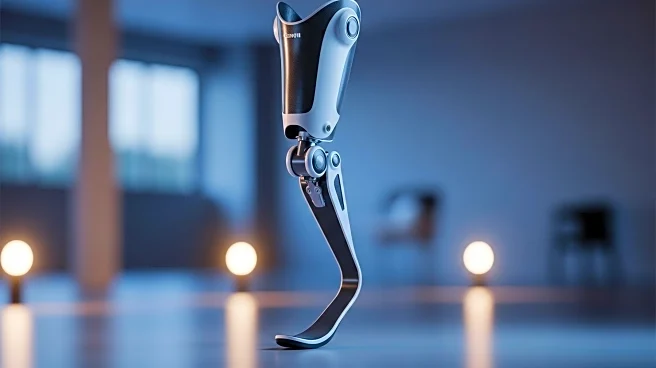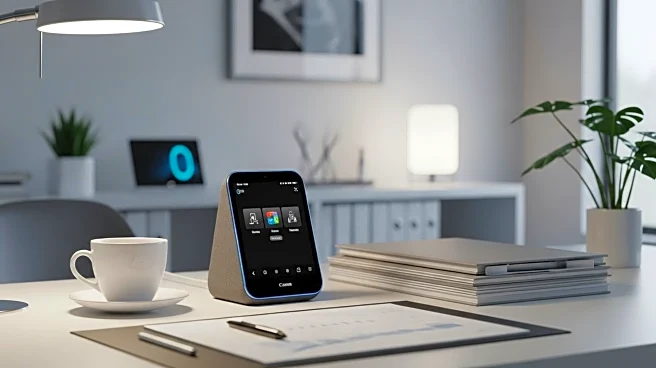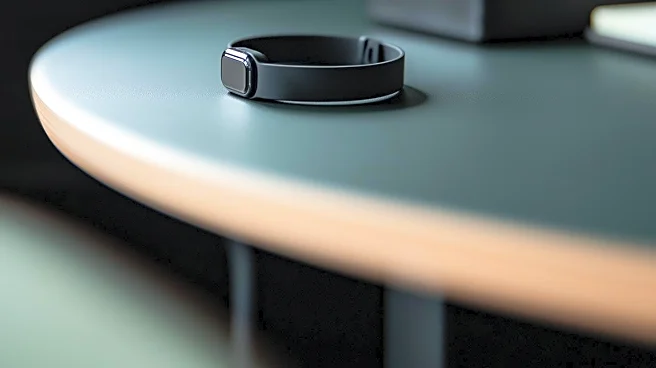Rapid Read • 7 min read
A new biosensor technology developed by Andy Yeh, an assistant professor at the University of California, Santa Cruz, allows for the measurement of cortisol levels using a smartphone camera. This innovation utilizes a luminescent artificial sensor that binds to cortisol molecules in blood or urine, producing light that indicates hormone concentration. The method, confirmed by a study in the Journal of the American Chemical Society, offers high sensitivity and affordability, making stress testing more accessible outside clinical settings. The biosensor is designed from scratch using AI-based computational design, marking a significant advancement in protein engineering.
AD
This development has the potential to revolutionize how stress-related health issues are monitored and managed. By enabling point-of-care testing, individuals can measure cortisol levels at home, reducing the need for expensive laboratory equipment and frequent doctor visits. This accessibility could lead to better management of conditions related to cortisol imbalances, such as hypertension and metabolic disorders. The technology also opens new avenues for drug development and diagnostics, potentially improving treatments for stress-induced health problems.
The biosensor technology could be integrated into healthcare settings for routine monitoring of cortisol levels, aiding in the diagnosis and treatment of related health issues. Further research and development may expand its applications to other small molecule analytes, enhancing its utility in various medical fields. The technology's affordability and ease of use could drive widespread adoption, influencing healthcare practices and patient self-management strategies.
The ethical implications of widespread cortisol monitoring include privacy concerns and the potential for misuse in non-medical settings. As the technology becomes more accessible, regulations may be needed to ensure responsible use and data protection. Additionally, the cultural shift towards self-monitoring health metrics could impact patient-doctor relationships and healthcare delivery models.
AD
More Stories You Might Enjoy










